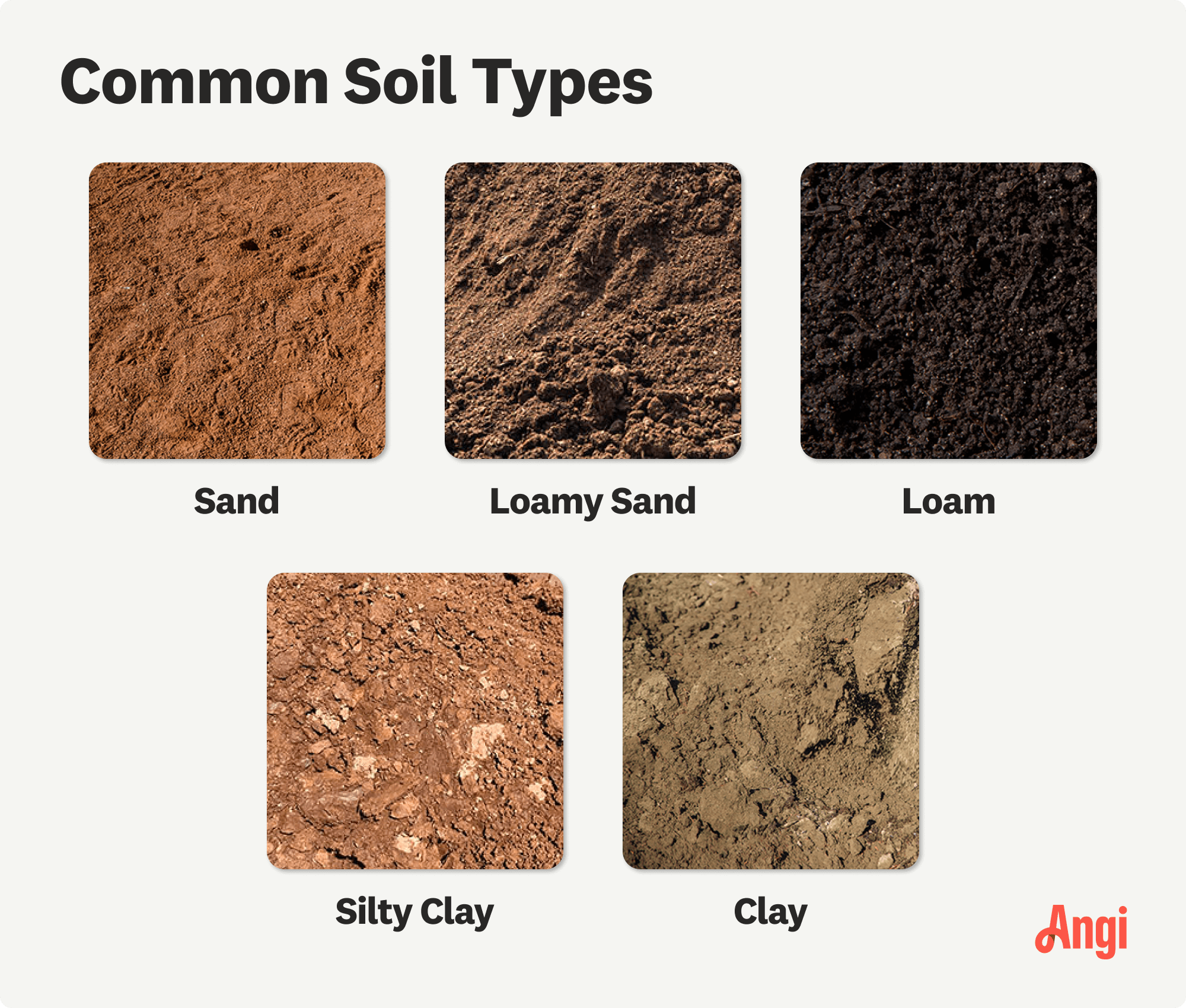
A landscape designer can elevate your outdoor space and bring your vision to life. Use this landscape design cost guide to budget for your next project.
The fall has ideal weather and growing new grass on your sloped yard


Fall is usually best for yard regrading because of the minimal precipitation and temperature, which is ideal for growing new grass.
The best time to regrade a yard can vary based on your climate and soil conditions.
Winter is the worst time to regrade your yard because the ground can freeze, making the work more challenging.
The best time to regrade your yard is usually in the fall before the ground freezes in the winter, which makes grading more challenging. Fall often brings some rain, but it is less than you’d see in the spring, so the soil won’t be saturated and difficult to work with. However, minimal rainfall will help settle the new soil.
Fall is also a great option if you’re planting cool-season grass in your yard, which will take root and thrive in the cooler autumn temperatures.
It’s important to note that fall isn’t always the best season to regrade your lawn, and there are a few factors to consider before planning your regrading project.
First and foremost, you should think about precipitation. Some precipitation is a good thing after regarding because it helps settle the soil without overwhelming and eroding it as heavier spring rains might do. Fall usually brings less rainfall than spring, but check your local climate to see when the heaviest rains come, and try to avoid that season.
The average temperature in your area can affect your regrading in two ways. First, cooler fall temperatures are more comfortable to work in than freezing winter days or the summer heat.
Second, temperature plays a role in new grass growth, affecting how quickly your new grass takes root and how successful your seeding efforts are. Regrading and seeding in the fall is ideal if you're putting down cool-season grasses. If you’re putting down warm-season grasses, consider regrading in the spring.

Finally, you should consider your soil composition. Homeowners who have clayey soil are more likely to find heavier, water-logged soil for days after rainfall, which can mean springtime is off the table. If you have sandy or loamy soil, you’re less likely to run into issues in the spring, but the fall is still often the best time for regrading.
The worst time to regrade your yard is the winter for a few reasons.
First, the lower temperatures mean less comfortable working conditions, as well as a higher risk of the ground being frozen and more challenging to excavate. Second, areas with heavy snowfall are going to see saturated soil even in the colder months, which can mean heavier soil that’s, once again, more challenging to work with, especially if you’re excavating manually.
Finally, winter isn’t a good time to plant new grass, so once you’re done excavating, you’ll likely need to wait until spring to lay down warm-season grass or almost an entire year until fall if you’re putting down cool-season grass.

The cost to regrade your yard averages around $2,000, but you could pay as low as around $375 for regrading small areas or up to $6,500 if you need your entire yard regraded, you’re working with a steeply sloped property, or you have obstructions, like large rocks or trees. Most homeowners pay somewhere between $1,000 and $3,300 to hire a professional for yard regrading services.
You can create just about any landscape design on a hill, but if you have a severe slope a professional landscaper can help install new drainage. Pooling water can lead to damaged plants and yards.
Grading small sections of your yard—like sloping the soil away from your foundation or pool—is an easy DIY project that often just involves bringing in soil and building it up gradually at the proper slope. Doing this work yourself could save you a few hundred dollars if you already have manual tools like shovels and wheelbarrows to get the job done.
If you’re working on regrading your entire yard or need to do any excavation to get the work done, we strongly recommend hiring a professional. Excavating and backfilling near your foundation can cause structural damage if you make mistakes, and you have to be careful about underground utility lines in certain areas. A professional will have the knowledge and experience to get the work done safely without causing property damage. Professionals can also pull necessary excavation permits for your job, which might be necessary based on the scope and your location.
Unless you’re working with a small section of your yard and don’t need any excavation, we recommend hiring a landscaping grading company near you to get the job done correctly. Hiring an expert is an especially good idea if you also want a yard drainage system installed while they’re on-site with excavation equipment.
From average costs to expert advice, get all the answers you need to get your job done.

A landscape designer can elevate your outdoor space and bring your vision to life. Use this landscape design cost guide to budget for your next project.

Ivy might look pretty, but you probably don’t want it in your garden. Learn how much it’ll cost to remove ivy by type, treatment method, and more.

Railroad tie retaining wall costs can vary widely, so getting an accurate estimate for your needs is a good idea to set your budget appropriately.

Wondering what’s the difference between artificial grass vs. turf and which one’s right for you? Get the pros and cons of each one here.

Try these 10 backyard improvements to turn your backyard into your own personal oasis.

Why does your grass keep dying, despite your best efforts? Lawn care can be a tricky process. Find out why you might see dead grass and what you can do about it.